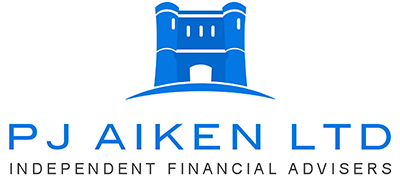Fixed Interest markets continue to represent something of a conundrum. Interest rates will surely begin to rise, albeit in modest steps, over the next few years, a process that will be accelerated if inflationary pressures were to show signs of re-emergence. On this basis, Fixed Interest investment looks set to be unable to protect capital value in the way that it has over the last decade or more while interest rates have been drifting lower. On the other hand, investors keen to see reasonable income and who wish to balance out the potential volatility of equity funds, should continue to use the fixed interest market particularly where it can be done tax efficiently, in for example ISAs and pensions. Interestingly, over the last 6 months, against the background of potential interest rate rises that may commence relatively soon, the total return on typical index linked gilt funds, on corporate bond funds and indeed on UK gilt funds has been slightly positive although clearly some individual funds have fared better than others. To my mind, this sector still has a role to play for high income investors who are aware of the risks and for investors with a more balanced approach using this sector to diversify their portfolios.
In summary, we have for some while now sought to tilt portfolio balance towards equities where income constraints allow. I do not see this broad view changing for the foreseeable future.

July 2024 Market Commentary